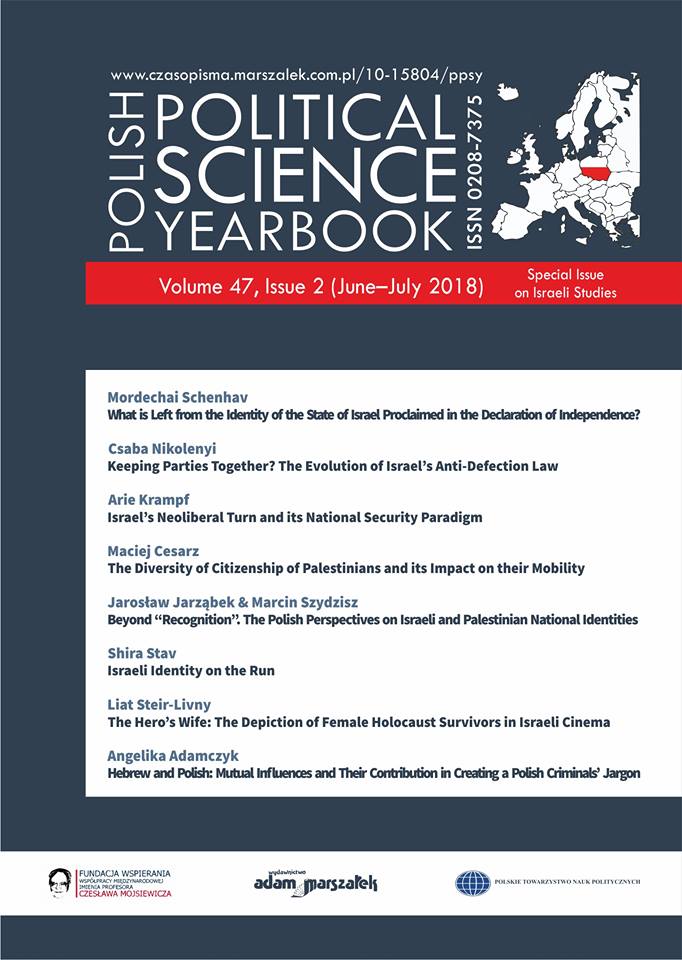Deconstructing the Topos of Poland as a Jewish Necropolis in Texts by Israeli Authors of the Third PostHolocaust Generation
Deconstructing the Topos of Poland as a Jewish Necropolis in Texts by Israeli Authors of the Third PostHolocaust Generation
Author(s): Jagoda BudzikSubject(s): Politics, Literary Texts, Jewish studies
Published by: Wydawnictwo Adam Marszałek
Keywords: ISRAEL; HOLOCAUST MEMORY; ISRAELI LITERATURE; TOPOS OF POLAND; TOPOS OF CEMETERY; THIRD GENERATION
Summary/Abstract: The paper aims at recognizing and describing the ways of deconstructing the topos of Poland as a Jewish necropolis, a process that in the last decade appears more and more often in the works of Israeli authors of the third generation after the Shoah. The generation concept – as I argue – can serve here as a useful tool for understanding the shift which occurred in the specific national context of Israeli Holocaust discourse and strongly influenced the image of Poland in Israeli literature and culture. Poland depicted as a Jewish necropolis has become one of the central motifs present in Israeli literary as well as the artistic canon of Shoah representations. As the central space where the Shoah occurred, Poland was obviously perceived as a land marked by death and formed exclusively by the experience of the Holocaust. However, in the aftermath of two major shifts that have occurred in the last decades: a meaningful change in the Israeli Holocaust discourse and the new reality of Poland after 1989, and also as a consequence of the growing time distance separating yet another generation from the events themselves, numerous authors born in Israel mostly in the 1970s and in the 1980s began approaching the above-mentioned motif critically. This tendency, one of the few typical for the third generation, is demonstrated either through the motif ’s deconstruction and subversive usage or, more radically, by employing the genre of alternate history and changing the place’s identity (e.g. Tel Aviv by Yair Chasdiel). The topos of Poland as a necropolis has therefore been turned into a part – or even a starting point – of the reflection on collective memory patterns (e.g. Kompot. The Polish-Israeli Comic Book), stereotypes (e.g. Bat Yam by Yael Ronen), and on the authors’ own roots and identity (e.g. The Property by Rutu Modan). By analyzing the abovementioned texts, I will explore the process of constant interaction occurring between collective and the individual memory, between the Israeli national perspective and Polish landscapes, between an author and space and, finally – between the category of the third generation and its representatives themselves.
Journal: Polish Political Science Yearbook
- Issue Year: 47/2018
- Issue No: 2
- Page Range: 379-389
- Page Count: 11
- Language: English

